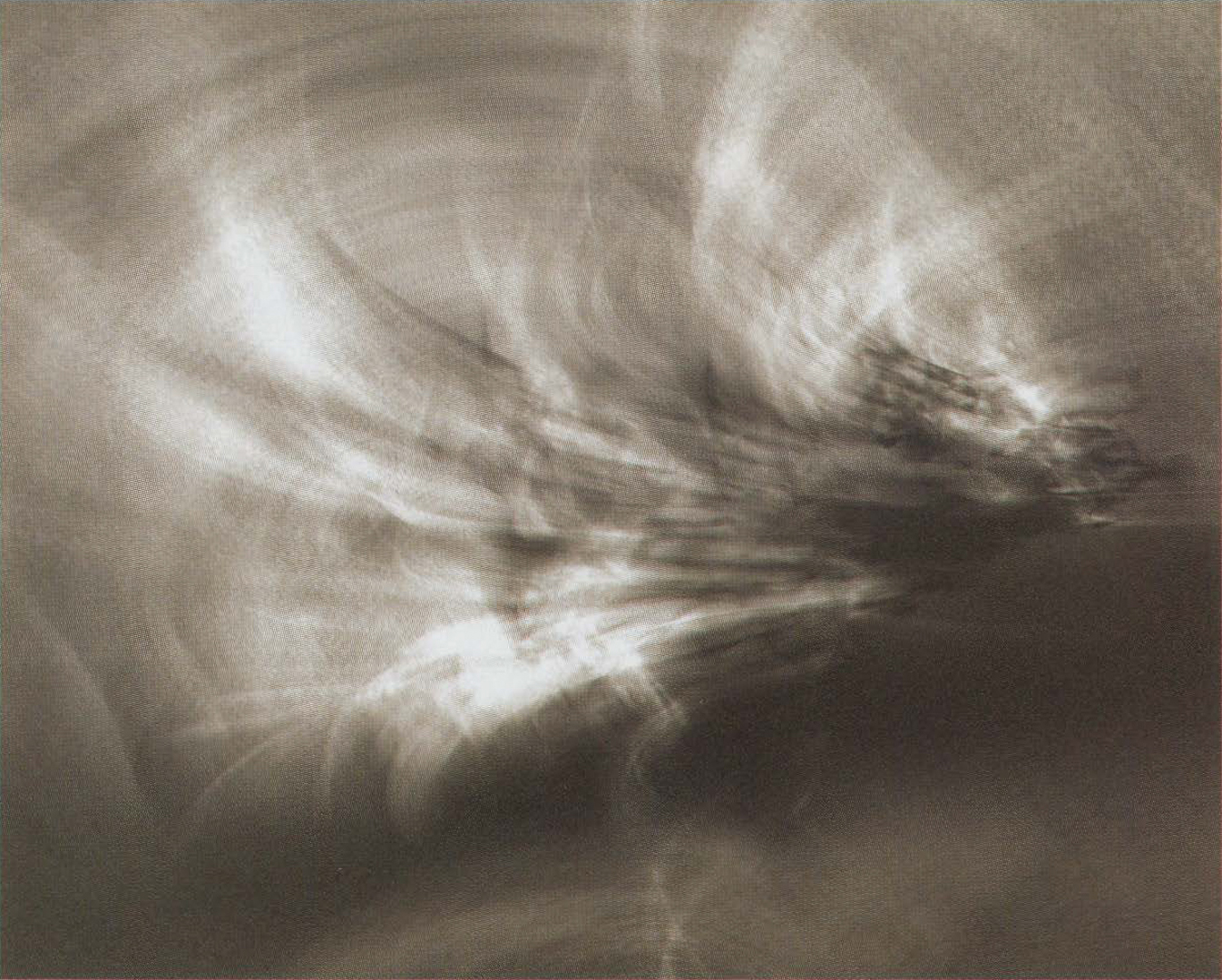Alain Bittler: Brush Traces I
Artist(s):
Title:
- Brush Traces I
Exhibition:
Medium:
- 3D-generated image printed on velvet paper
Size:
- 52" x 39"
Category:
Artist Statement:
Computers let us imagine new ways to draw pictures or to make paintings. With computers, we can create our own brushes (with virtual meshes), and we can use them to create new impressions. In European design and graphic arts, we start the thinking process by making a pencil sketch, but now I can do things that I am unable to do with a pencil.
I was very impressed by the giant calligraphies at the National Museum in Tokyo, Japan and the Japanese calligraphy demonstration at CEEJA in Colmar, France. These works conveyed a lot of mystery and secrets. That’s why I started the Brush Traces series in July 2005. It is a good transition between the Movement series (2003-2005) and the digital-calligraphy series I plan to work on next.
In Brush Traces, I revisit Asian brush painting and add another dimension, a visual-musical (or mathematical) partition-vibration trace that refers to music, oscillation, and traces of time or some sort of language. Is time becoming solid? Or is music becoming solid?
In my composition, I juxtapose light against shadow, movement against stasis, order against disorder, visual music against visual imagery, waves against flatness, and physics against quantum physics in a virtual time-space generated by computer. I created this work with an out-of-time aesthetic, between the two infinites, which places this work conceptually between European and Asian art.
Piet Mondrian was the first artist who discovered the two infinites. He expressed them with horizontal and vertical lines after researching the infinite territory between the shape and the non-shape. Roman Verostko is the first artist who used technology to make Asian brush painting. The Brush Traces series is a true fusion between those two visions of art.
Technical Information:
I create virtual meshes. I use those meshes like a brush and capture their movement with a tempo (or iteration) to produce traces. If the tempo is reduced to zero, intervals become invisible, and the image looks like a solid mesh. Otherwise, the intervals show sequences of time with regular speed or with some acceleration. All these factors are the same for both music composition and calligraphy.





